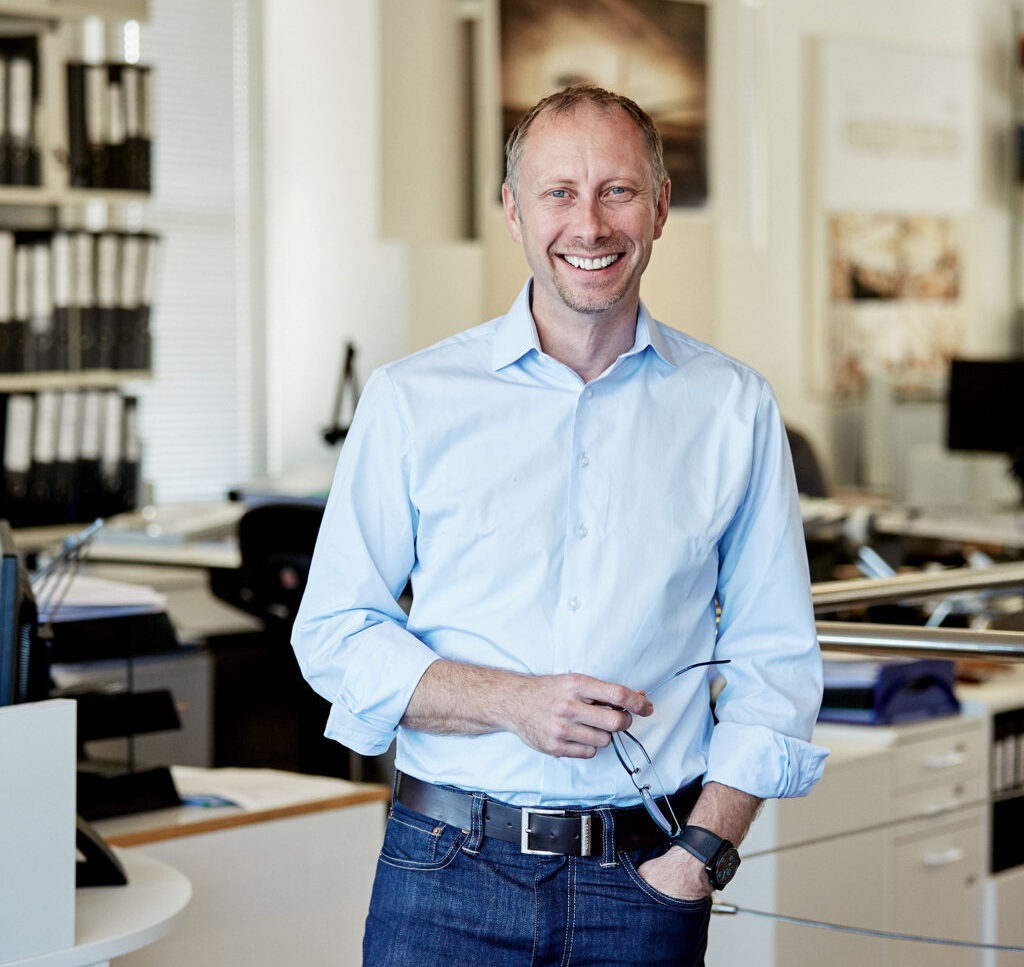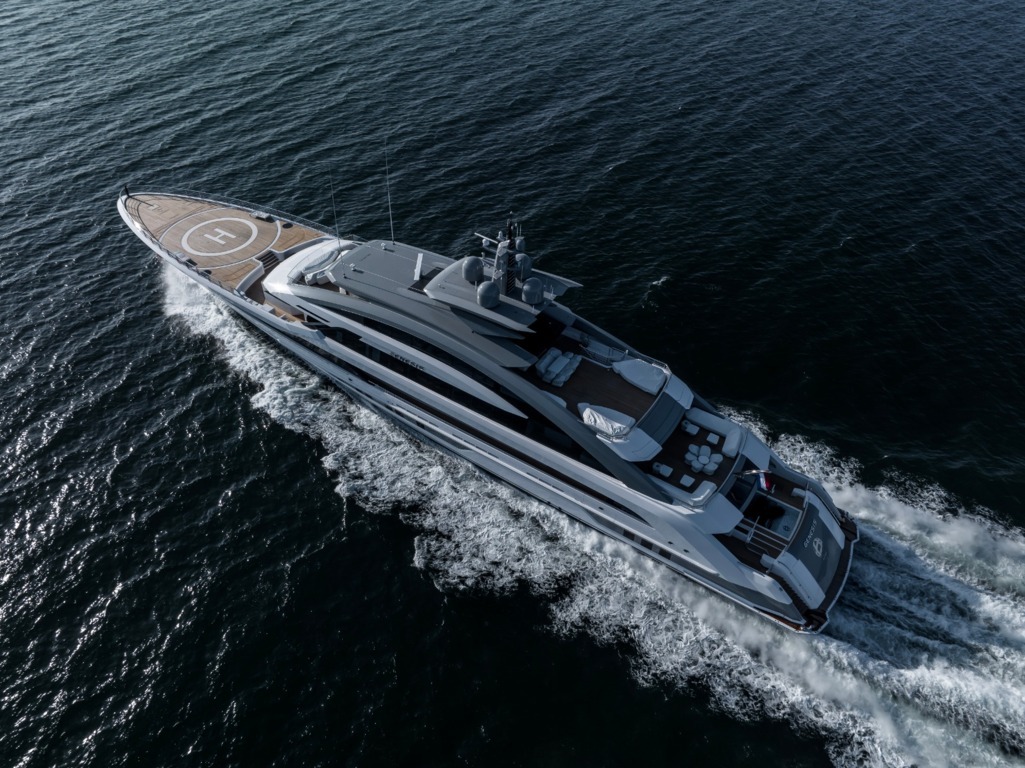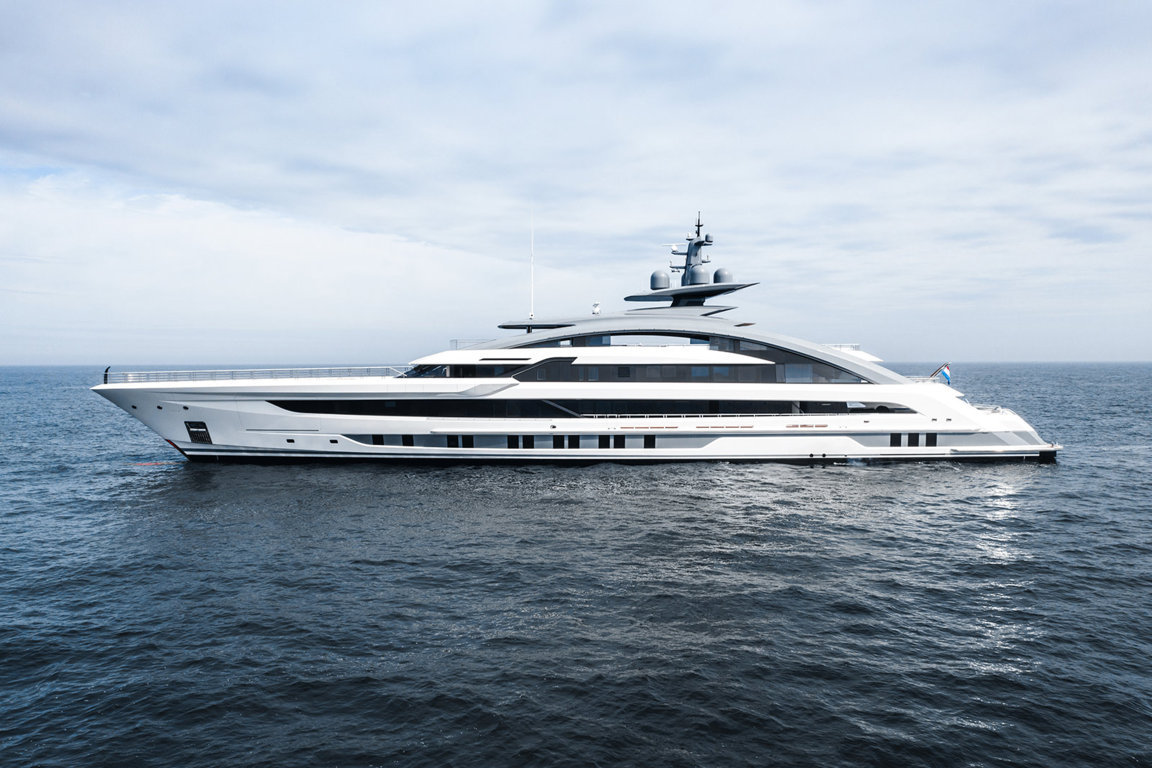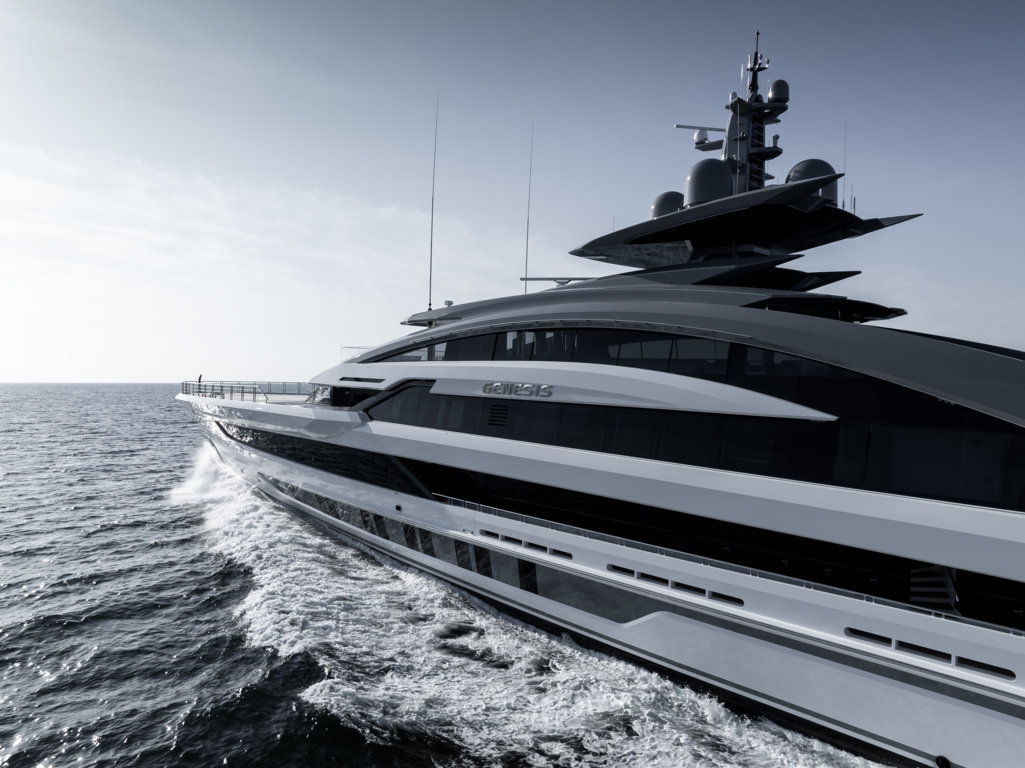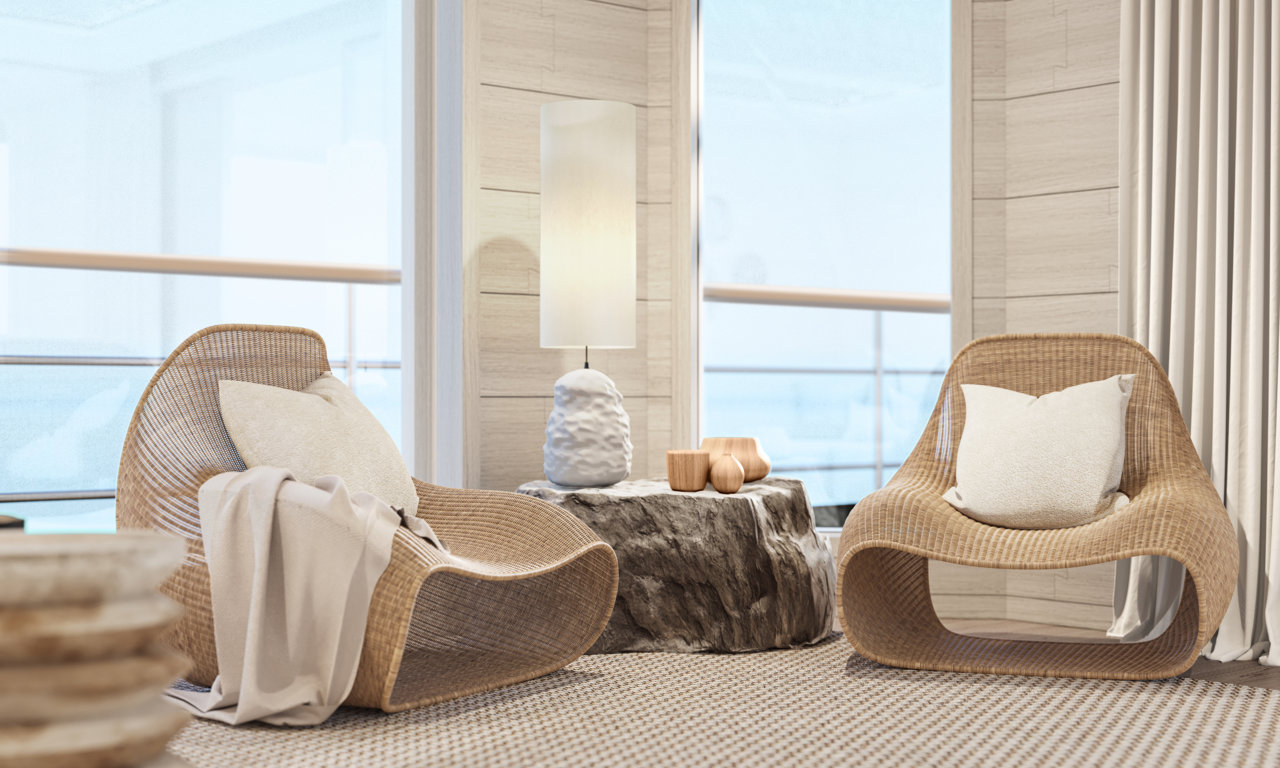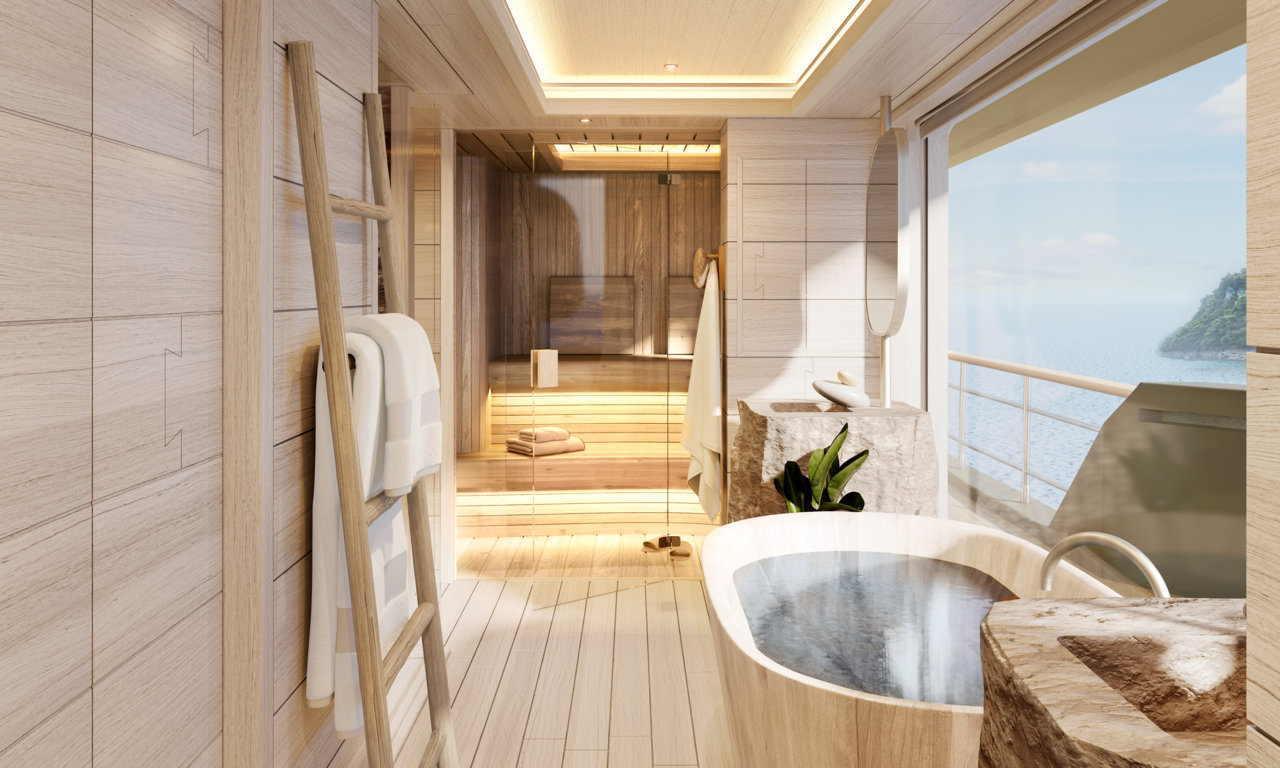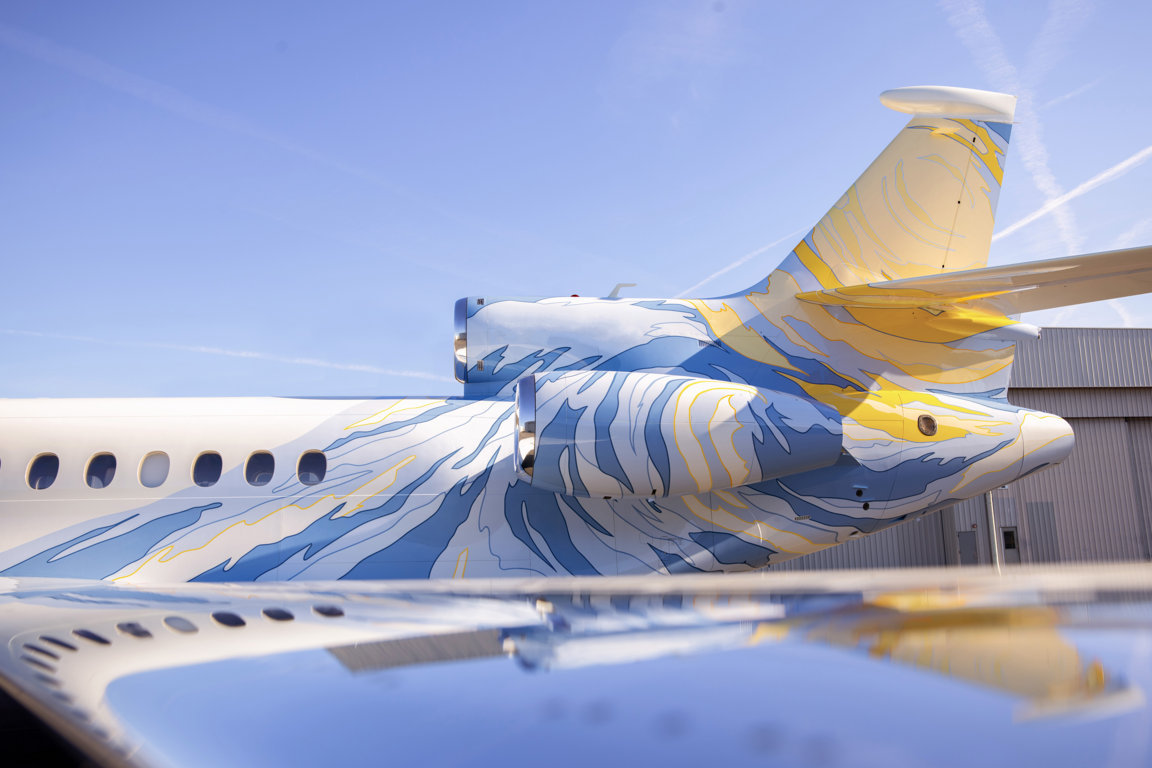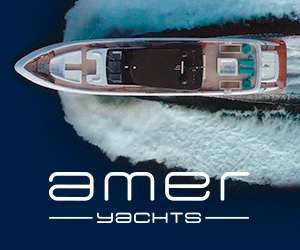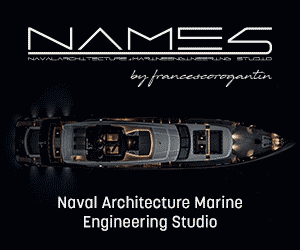“From luxury toys to innovative superyachts”: DN interviews Jim Dixon from Winch Design studio
Jim Dixon, Yacht & Aviation manager for London-based Winch Design, talks to us about the present and future of pleasure boating
Jim Dixon, Yacht & Aviation manager for London-based Winch Design, talks to us about the present and future of pleasure boating
Internationally one of the most visionary yet innovative and concrete design studios, Winch Design, founded by Andrew Winch in 1986, has a number of prestigious awards as well as partnerships with some of the most important yacht builders in the world, including those in Italy.
Daily Nautica interviewed Jim Dixon, managing partner and creative director of the Yacht & Aviation division of the British studio, who shared with us what it means today to design a yacht, focusing on the present and future of a constantly changing profession, in line with owner demands and technological innovation.
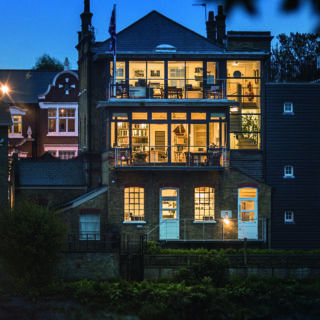
Winch Design office (photo source: Winch Design)
Winch Design works in a number of sectors (architecture, interiors, boating, aviation): how is the design approach different for each and how does the company keep its personality visible throughout?
We are a studio that prides itself on having no house style. Each project is completely unique, and we take pride in having no ‘one size fits all’ approach to design. Each project is focused on the clients’ goals and aspirations; our design ethos is built on these alone, with no preconceived ideas. Our distinctive DNA is our attention to detail and creative excellence which runs through all our projects, whether they are at sea, on land or in the air.
What does designing a super yacht mean today? What is the most common request form builders and clients and what do you believe is essential?
We are increasingly seeing requests for highly personalised layouts that fit a specific lifestyle. The tradition used to be for very large rooms that were all quite similar in function resulting in a lot of redundant space. Our clients today are seeking more contemporary, open-plan spaces, with huge expanses of glass allowing light to flood in and the guests to feel close to the natural world around them. Yachts are becoming more like beach houses, with the emphasis on informality, fluid spaces, multi-purpose activities and a connection to the outdoors.
What is luxury on board for you and how do you translate it?
Luxury on board is attention to detail and creating multiple layers of interest. Whether it be through handcrafted joinery, bespoke commissions, exquisite furniture, lighting, accessories or artwork, we want clients to see something new every time they enter the space. Upon delivery of a project we ensure we take the time to think over every last detail to make the project feel like a home as soon as the client steps over the threshold. Whether it’s the embroidered dressing gowns with the yachts logo on or the fact the spaces are filled with the client’s favourite scent, it’s the end-to-end service that takes clients’ breath away.
A current trend, perhaps especially in the Made in Italy nautical sector, seems to be to design the interiors of yachts as if they were villas on the water or metropolitan lofts, involving architects and companies from the world of furniture and design. Do you consider this hybridization positive or do you think that the design and creation of the living spaces of a superyacht are very different from those of a house, even on the water?
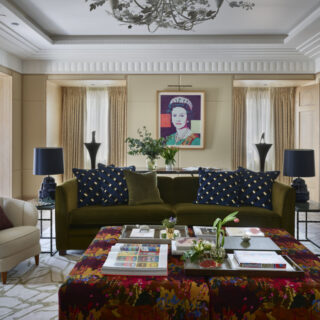
All Winch projects are homes, whether they are houses, yachts or private jets. After all, it is the technicalities required for interior yacht design that has enabled us to also successfully navigate aviation and complex property projects. The cross-pollination of design expertise and the opportunity to draw inspiration from other disciplines allows us to understand spatial design in its entirety. The challenge in designing superyacht interiors is creating a personalised and homely design that mirrors the residential comforts the client is used to, whilst still meeting the technical demands and safety requirements of an ever-changing environment.
Are the concepts we have seen recently – Fusion, Reverie…– the result of a collaborative effort with the client shipyard or only in a phase following the definition of the project do you identify which brand might be similar to the idea?
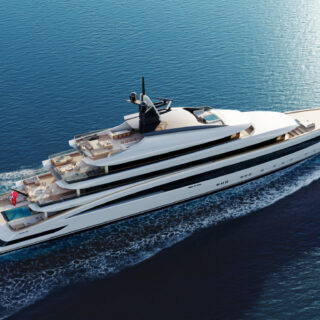
Fusion (credit Feadship)
Reverie is a collaborative effort with Oceanco. The Simply Custom 80m technical foundation was engineered by Oceanco to provide a number of world-renowned designers with a canvas upon which to create an Oceanco yacht. Fusion is an 88m Feadship project that we have been working on for some time behind closed doors. The Winch Design team spent a lot of time analysing Feadship exteriors and came up with a new concept that retains the typical Feadship DNA, but appeals to a younger clientele with its unique two deck beach house layout. The Winch team presented the design to Feadship and it was officially launched at the 2024 Palm Beach Boat Show; we are confident we will find a suitable client to build her.
What is one of your projects that, from an aesthetic, functional or technical point of view, do you consider a milestone, as a breaking point with the tradition of nautical field?
I would say, the 80m Genesis launched in September last year. She is the world’s largest and fastest all-aluminium motor yacht, capable of reaching 30 knots, a feat rarely achieved for a yacht of her size. This unique build was the cohesive vision of Winch Design, Heesen Yachts and Van Oossanen naval architects to craft a piece of history that no shipyard has ever accomplished before. This was no mean feat. Variable pitch propellers had to interact with revolutionary rudders and four engines that could operate in any configuration had to be lowered by four of the largest cranes in the Netherlands. Central to the successful build was the design and invention of the backbone, a complex structural reinforcement system that runs the entire length of the boat. It ensures that the long, slender hull can withstand unremitting pressures at high velocity.
The issue of sustainability is also becoming pressing for superyachts. What do you think of research in the field of green propulsion and what do you think are the steps to be taken to align boats, for example, with the ecological standards required of the automotive industry?
We believe there is a strong need to align with the rest of the yachting and wider shipping industry to collectively drive change, share knowledge and promote technology in order to protect the health of our oceans and wider environment. While superyachts represent only a fraction of the carbon footprint and market volume of global shipping, they provide an unparalleled access to the necessary knowledge and capital to solve its greatest issues. We need to turn superyachts from lavish toys to purposeful vessels of innovation, capitalising on our influential clients to advance research and development.
Do you think that AI could also have a decisive role in yacht design in the short term? And if so, how?
It’s probably too early to say exactly how it might change yacht design, but artificial intelligence is going to affect (and hopefully advance) every step of the design and build process. I can see AI algorithms being used to optimise hull shapes, weight distribution and hydrodynamics. Design can become more data driven; historical technical data pulled from hundreds of existing yachts can be analysed by AI to identify areas for improvement and refinement, leading to more efficient designs. It will automate monotonous tasks and streamline workflows, allowing designers to concentrate on the more creative aspects of the design process. We’ve been experimenting quite a lot with generative AI lately for image generation. We’re still playing with how best to utilise it in our workflow, but so far we’ve had some interesting outcomes.
What is the most innovative project you are currently working on, if it can be revealed?
We have lots of exciting and innovative projects currently in the studio, many of which are tightly under wraps. However, one project I can share that we are really excited about is the sustainable interior that we are currently working on with Cantiere delle Marche on their 44m Flexplorer 146. Third in the series, the eagerly anticipated explorer yacht is due to launch in 2025 and the Winch Design interior will showcase a remarkable fusion of environmental responsibility and cutting-edge design. The interior is crafted largely from eco-friendly materials. The incorporation of eggshell textured walls imparts an elegant and natural aesthetic, recycled fishing nets find new life as soft, plush carpets, woven grass is applied into ceiling domes and reclaimed seashell composite emulates the ocean’s iridescence. This marks a new standard for sustainable interiors.
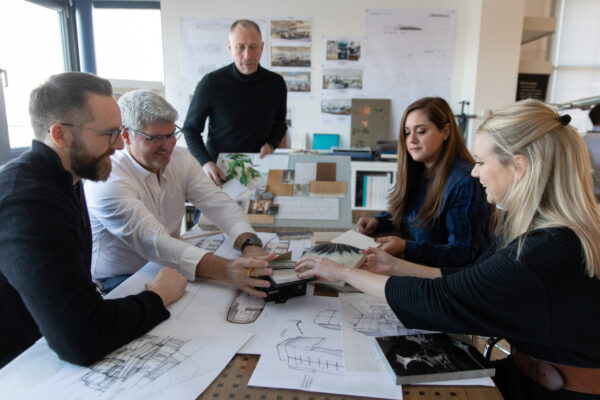
Topics: Daily Nautica


